Why is my vacuum cleaner losing suction power? Professionals share the 5 most common causes and how to fix them yourself
If your vacuum has lost suction power, these tips will have your appliance cleaning like it's brand new
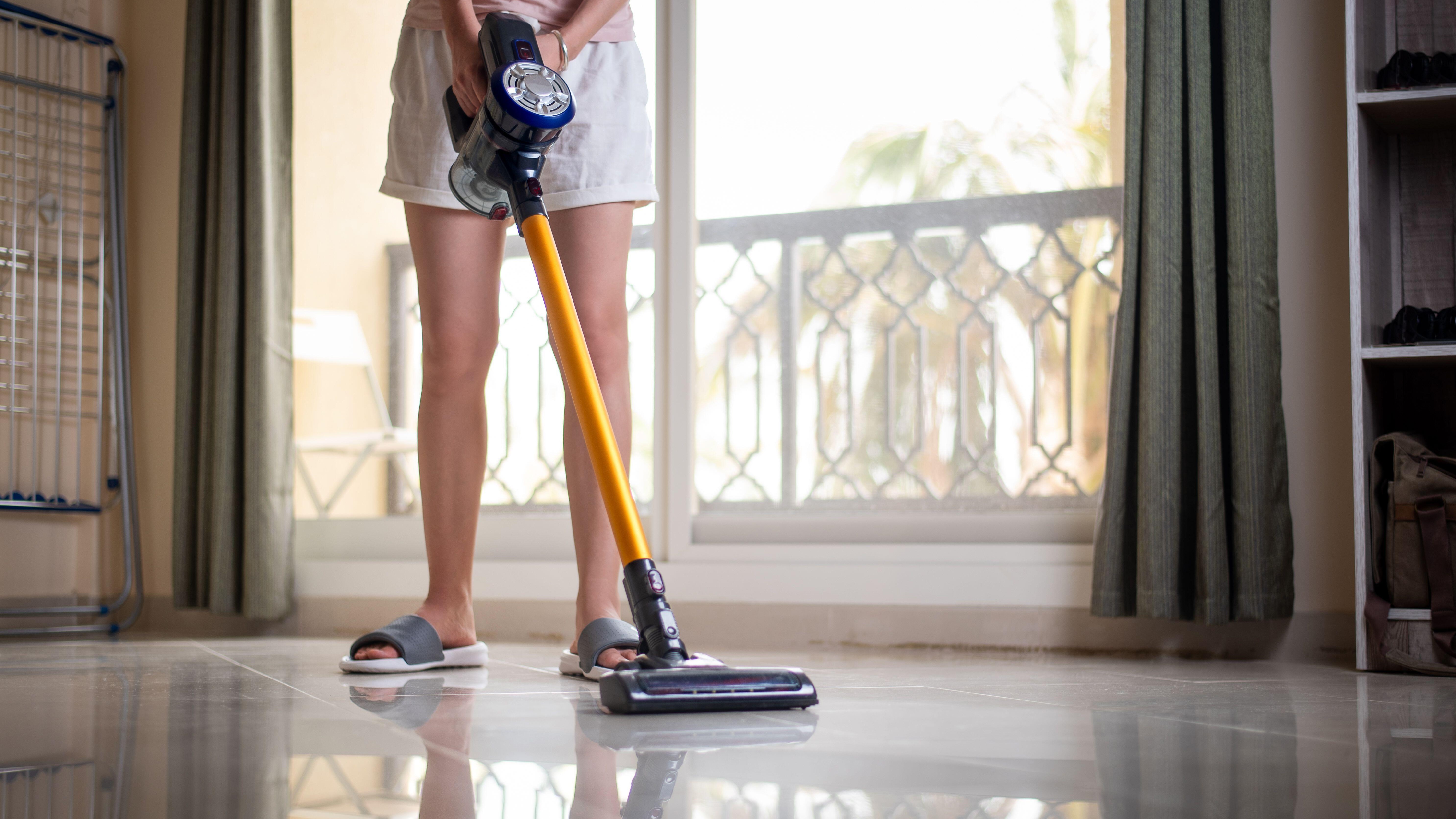
A vacuum losing suction power might seem scary at first, especially considering how much they cost us. But with all that we rely on our vacuum cleaners for, it's no surprise that they occasionally malfunction.
And luckily, most issues causing a loss of suction power are fixable. Like any appliance, even the best vacuum cleaners in the world need regular maintenance, and these causes can usually be solved by hand or with a replacement part.
As H&G's home tech editor, I thoroughly test and write about vacuum cleaners on a daily basis, so I know the ins and outs of these machines. I've also spoken with appliance and cleaning experts to get into all the common reasons why your vacuum has lost suction power, and what they suggest to do next.
Why is my vacuum losing suction power?
Before delving in to fixes, have you checked if your vacuum is on the right suction setting? Vacuum cleaners have adjustable suction power, and cordless vacuums will often have eco modes to save on energy consumption or gentler modes for hard floor cleaning. Double check yours is on the right mode, then keep reading if that hasn't solved the problem.
1. Full dust containers
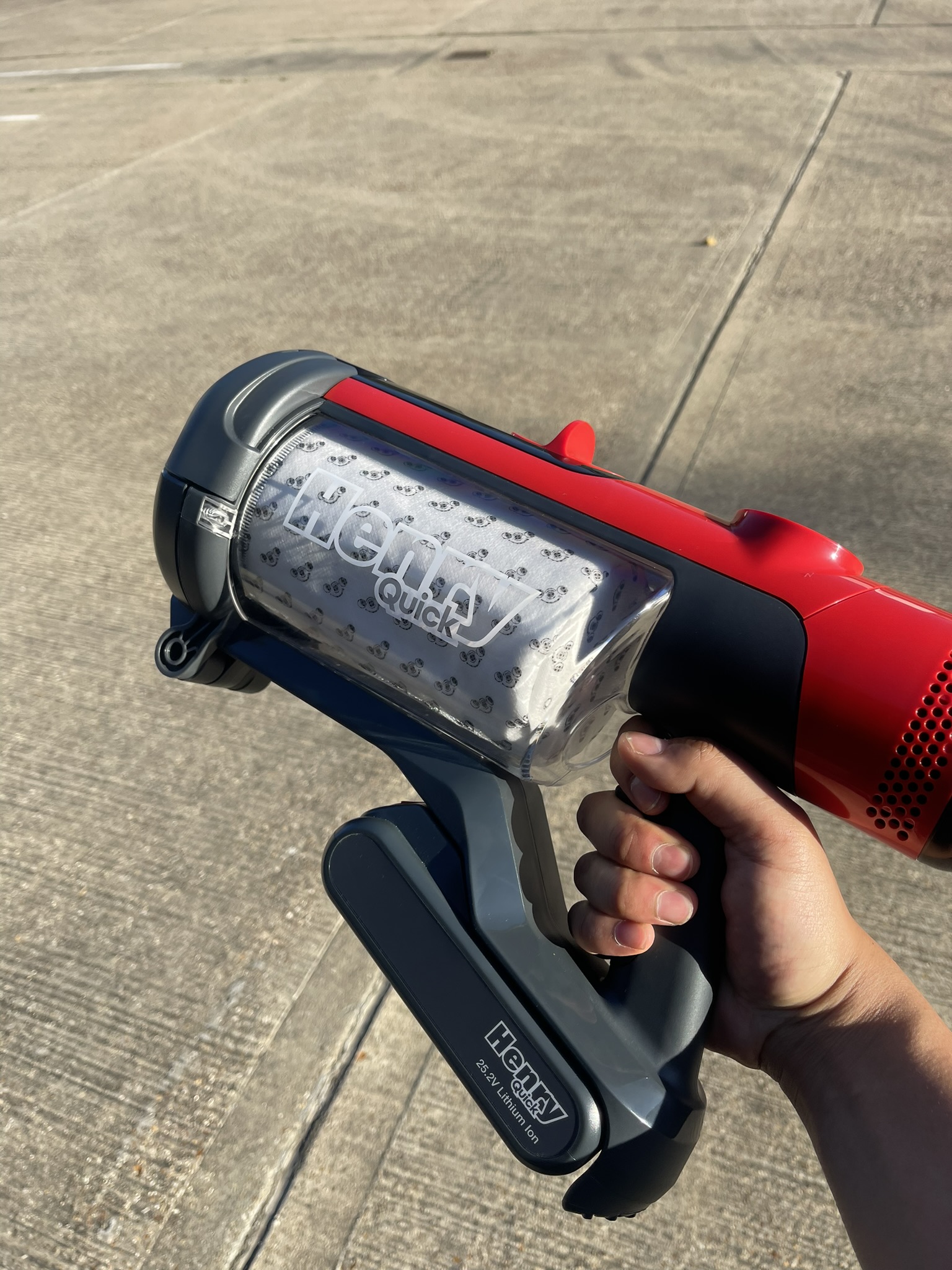
Start by checking the dust container and cleaning the machine
Before diving into the more time-consuming reasons why your vacuum's lost suction, make sure to check that the dustbin or bag isn't full. It might sound obvious, but I remember the first time I thought I'd broken a vacuum cleaner, and it turned out it was just full. Knowing how to clean a vacuum should always be the first step when you're losing suction power.
'Suction power can be reduced by full dust bags or containers. The dust bag can also be torn (or improperly fitted) which will also be a cause of loss of suction power,' says David Miloshev, appliance expert from Fantastic Services.
'If you’ve used your vacuum to pick up really fine dust (inside ducts, drywall, fine sawdust) it will actually plug up the pores in the bag, stopping air from flowing even though the bag isn’t full. Professional cleaners generally change bags as soon as they get half full,' adds David Buckler, president of MaidPro Calgary.
You can stock up on extra vacuum dust bags at Walmart and Amazon.
2. Clogged parts
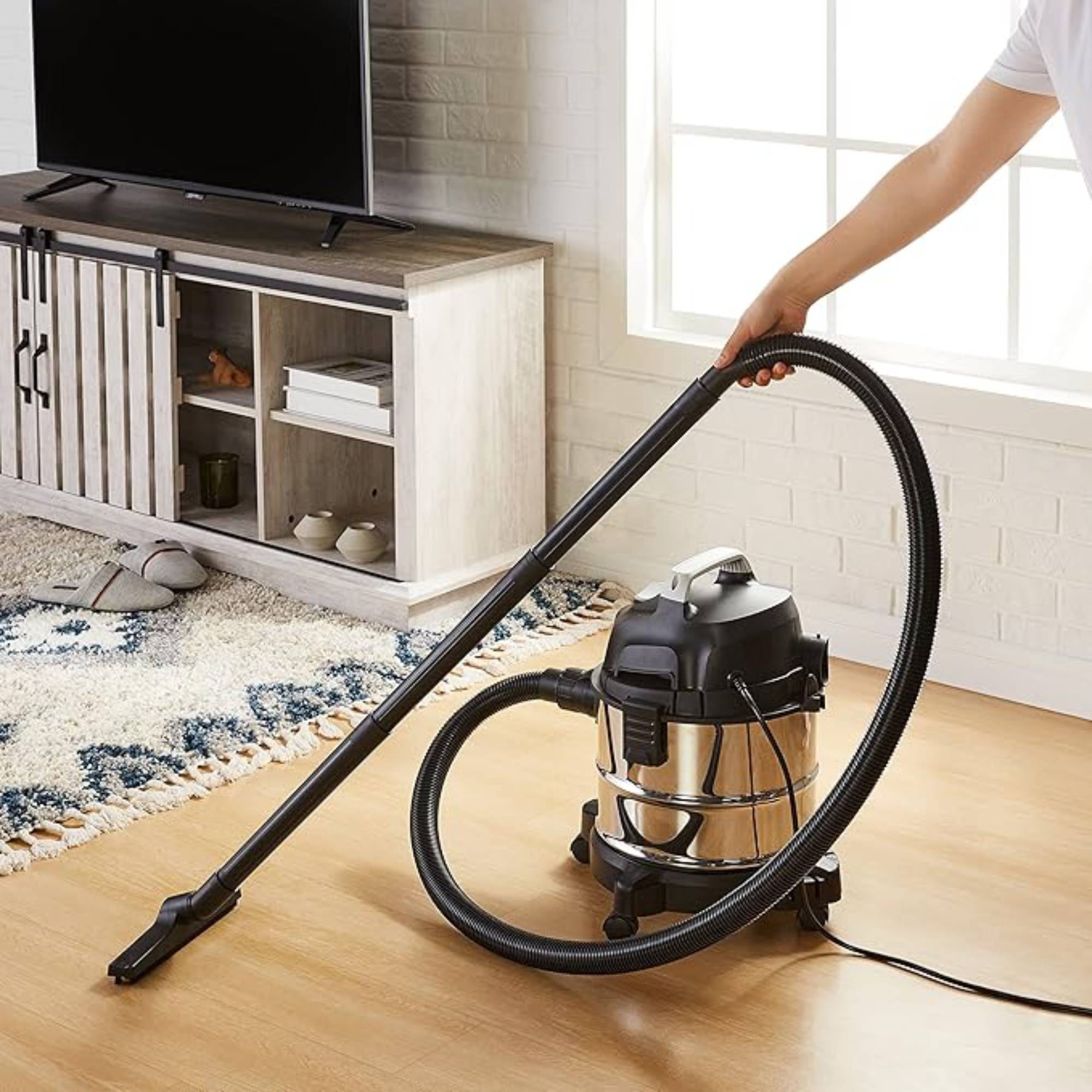
Blockages can be in the wand, hose, or any part where air flows through
'The most common reason for a vacuum cleaner to lose suction power is that there's something stuck in the suction hose,' says Martin Orefice, CEO of Rent To Own Labs. 'Generally, you can hear this right away, but it’s the first thing to check,' advises David Buckler.
This clog could be in the wand (if yours is a cordless vacuum), the intake port (the floorhead or attachment) or anywhere within the vacuum where air flows. 'Inspect your vacuum cleaner's hose, wand, and brush roll for any items, such as threads, hair or other foreign objects, that can be preventing proper airflow,' explains David Miloshev.
'The brushroll or beater bar may be jammed. In vacuums with rotating brushrolls, hair and string can wrap around the brush, slowing it down. Cutting away debris and ensuring the brush spins freely will restore suction,' says Peter Rania, CEO of Waltham Pest Control Co.
'You'll have to disassemble the vacuum to find the obstruction and pull it out by hand in most cases,' Martin adds.
If yours is a cordless stick this should be an easy task, as you may be able to pull it out yourself or with a long object like a straightened coat hanger or drain snake (like this 35.5-inch Drain Clog Remover from Amazon). Some vacuum cleaners will even come with their own cleaning tools. If the clog is unreachable, you'll have to take the vacuum apart as per the manufacturer's instructions.
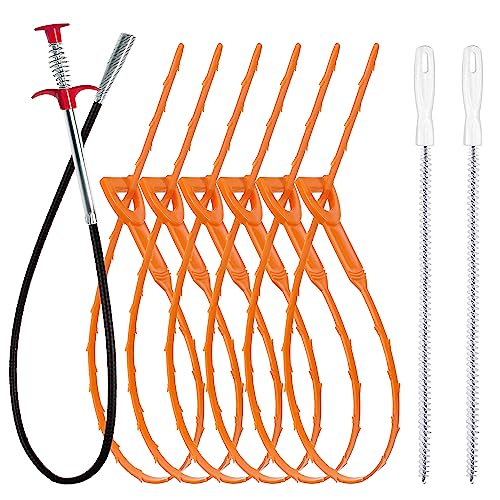
With six 25-inch hair removers, two cleaning brushes, and one 35.5-inch clog remover, this set should have you covered from removing any blockages in your vacuum cleaners's hose or wand.
When Punteha van Terheyden, Head of Solved at Homes & Gardens had a clog in her Miele vacuum after vacuuming pine leaves from her Christmas tree, she followed the steps from an advisor at the manufacturer and it was a quick way to identify and clear the clog.
She explains, 'If your vacuum has multiple long parts or a hose, and you can separate the components, hold each part vertically, and drop a coin through it. If the coin pops out at the bottom, there isn't an obstruction in that part. If it doesn't come out, you've identified the section that needs clearing. I used a broom handle to loosen the pine leaves in my vacuum hose and was back on my way within five minutes.'
3. Filters need checking

It's easy to neglect vacuum filter care
'One of the main and most common reasons vacuum cleaners lose suction is because their filters have been clogged. This restricts the airflow through the appliance and reduces its ability to perform properly,' explains David Mioshev. 'Luckily, this issue is easy to fix by regularly cleaning and replacing the filters. This will include the HEPA filters, foam filters and exhaust filters.'
Knowing how to clean a vacuum filter is essential for anybody who owns one. These filters are responsible for trapping all the particles our vacuums are sucking up, so air is constantly passing through. When they're too clogged, the air isn't as able to flow through the appliance.
'All the air coming into the vacuum must then go out. If your exhaust filters on the back of the vacuum are plugged, it will not be able to pull any more air in. Check and clean your exhaust filters at least yearly,' adds David Buckler.
4. Air leaks
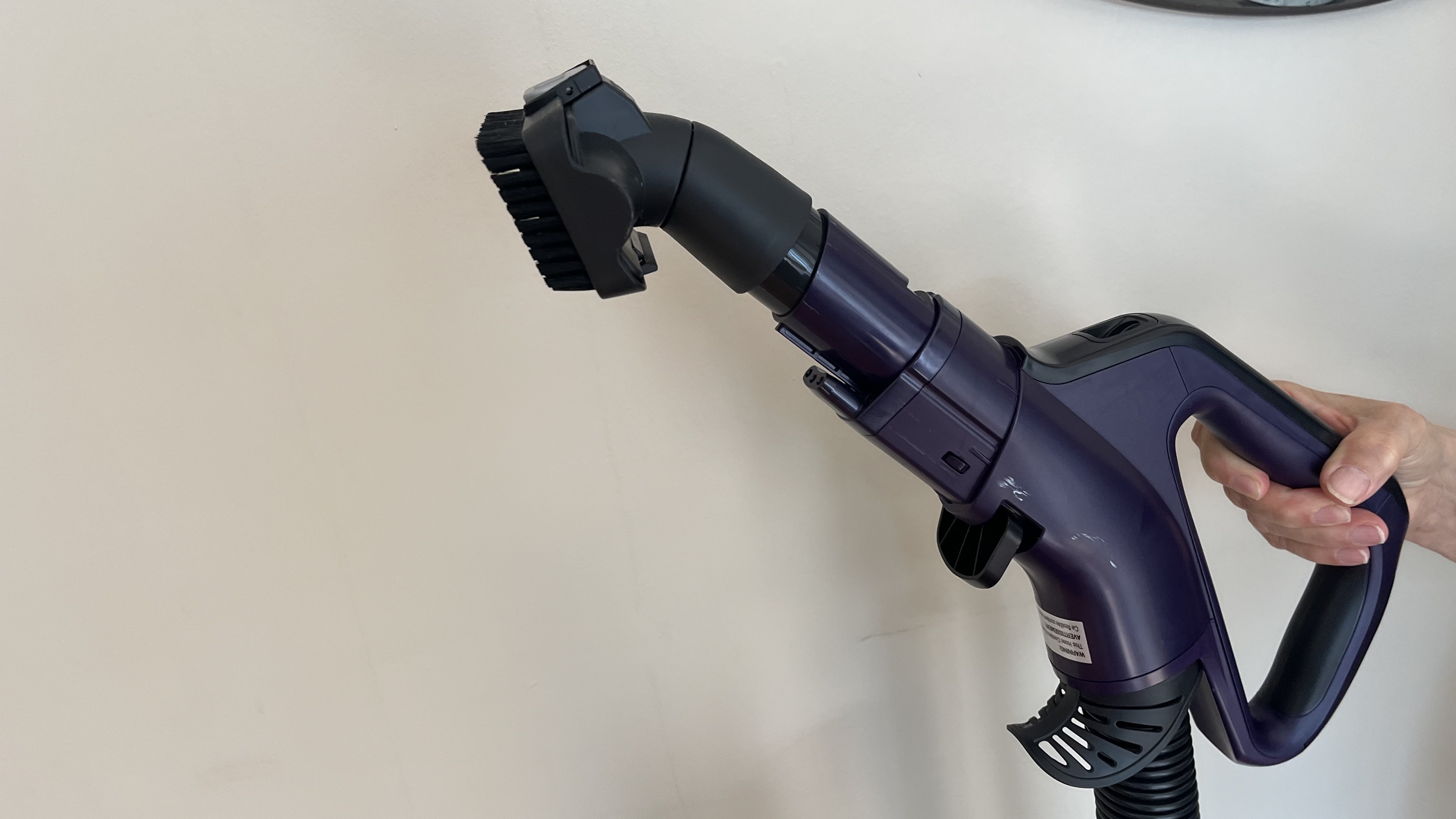
Air should only come in through the intake port
Conversely, vacuums can also suffer from too much air. 'This could mean leaks in the head, hose or body of the vac. Basically, if air can get pulled in anywhere except the business end of the vacuum, it will drop your suction power by a LOT,' explains David Buckler.
'If your vacuum has a hose, plug the end with your hand. For upright vacuums, stuff a sock in the intake. The motor should immediately cycle up louder, and you should feel good suction on your hand.' If it doesn't make this noise, you should be able to hear whereabouts the air is coming in.
'Feel along the hose and body of the vacuum to see if there are any leaks where air is being pulled through. Leaky hoses can be taped (duct tape is your friend) or replaced. Leaky cases are tougher. Try taping cracks, or use an epoxy to seal them,' he adds.
Duct Tape at Amazon is a cheap fix.
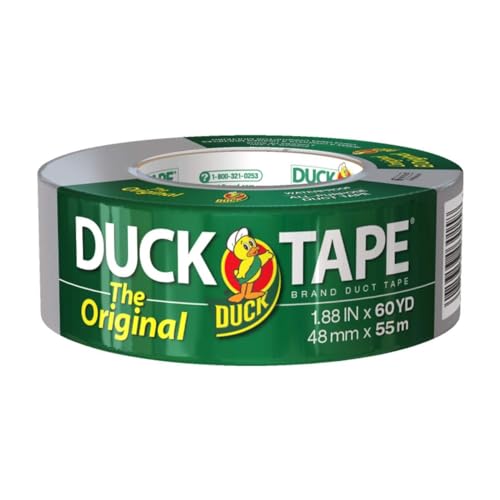
Quickly seal up any air leaks coming from your vacuum cleaner with duct tape.
5. Worn out or damaged parts
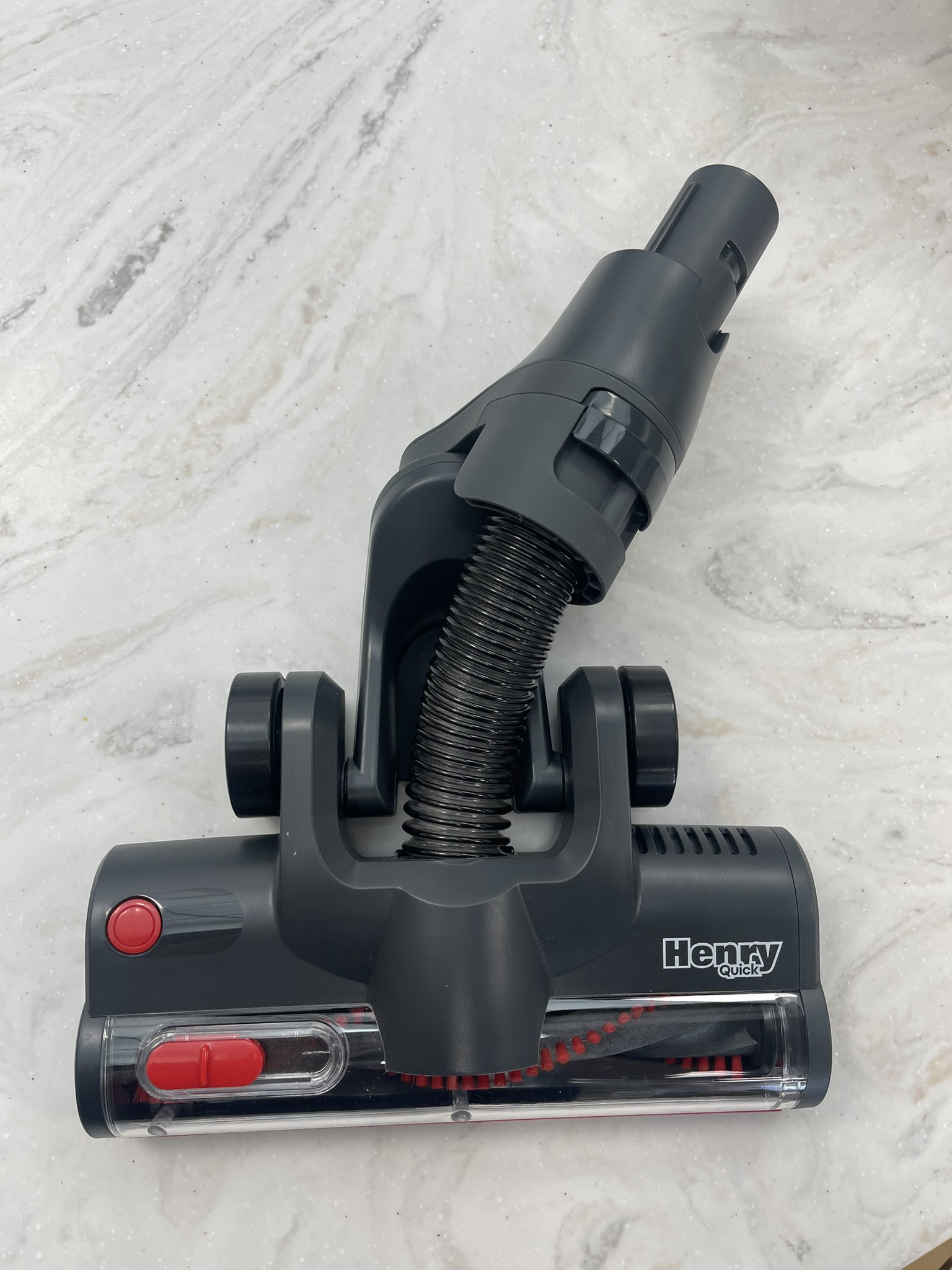
Parts will naturally wear down over time
A vacuum cleaner is made of many parts, including a hose, gasket, seals, belts, fan blades, and rotating brushes. All of them can become worn out or damaged over time.
Loose or broken rubber belts
'If your vacuum is losing suction power slowly over time, rather than all at once, the issue may be a belt that is wearing out,' explains Nick Valentino, VP of Market Operations of Bellhop. 'Rubber belts provide the drive power in most vacuum cleaners, transferring power from the motor to the fan or rotating brush. When these belts start to wear out, they can become slack and lose texture, which makes them less efficient.'
You'll have to take the vacuum apart to access the belt and assess its condition. It is possible to replace it yourself, but if you're not confident then it's probably best to get it professionally repaired.
Damaged seals and gaskets
'The seals and gaskets of your vacuum cleaner can also have gaps or cracks and this can lead to leaks in the airflow system, which will reduce the appliance’s suction power,' says David Miloshev.
'Check for moving parts along the edges of the seals and gaskets while the vacuum is on. If you feel air coming out around these areas or if you notice a significant difference in suction when pressing against them, clean or replace the parts according to the manufacturer's instructions.'
Luckily, 'carefully inspecting seals and gaskets for damage and replacing them is often an inexpensive fix,' says Peter Rania.
Worn fan blade
'Every vacuum has at least one fan blade that spins, creating the suction. After years of sucking up rocks, Lego, thumbtacks, etc., those fan blades get beat up and worn. Depending on your vacuum type, you may be able to replace the fan. You’ll see a major improvement in suction, and it’s generally a cheap repair,' David Buckler shares.
FAQs
Why is my vacuum suddenly weak?
A vacuum cleaner suddenly becoming weak can actually be a promising sign. It could be caused from a blockage, filter clog or air leak like outlined in this article – all of which are easy, quick fixes.
If your vacuum cleaner has slowly been losing suction power, it can mean the parts are starting to wear away and lose their efficacy. This is a much more expensive fix and can end up resulting in having to choose a new vacuum cleaner.
Do vacuums lose suction over time?
Yes, normal wear and tear of a vacuum cleaner will inevitably affect performance. This is even more apparent in bagless vacuum cleaners because of how many more seals and gaskets are present in the machine. A bagged vacuum cleaner (like the Miele C3 Cat and Dog Canister) has a tight dust bag that will prevent too many fine dust particles from settling on the vacuum's internal parts, whereas a bagless vacuum will collect dust all throughout the machine, wearing away at parts.
Also, the best cordless vacuums will be more prone to lesser suction power because of how many parts are involved. They're frequently taken apart and reassembled and the connecting parts will weaken each time this happens. This, along with battery deterioration and smaller motors, explains why the best corded vacuums typically last years longer.
Learn more about these terms in my vacuum jargon buster.
If you find yourself fixing your vacuum cleaner a little too often, or the suction power is never that great, it might be time for an upgrade. Consider one of the best vacuums for pet hair or best Dyson vacuums for some tried-and-tested excellence.
Sign up to the Homes & Gardens newsletter
Design expertise in your inbox – from inspiring decorating ideas and beautiful celebrity homes to practical gardening advice and shopping round-ups.

Dan is the Home Tech Editor for Homes & Gardens, covering all things cleaning, smart home, sound and air treatment across the Solved section. Having worked for Future PLC since July 2023, Dan was previously the Features Editor for Top Ten Reviews and looked after the wide variety of home and outdoor content across the site, but their writing about homes, gardens, tech and products started back in 2021 on brands like BBC Science Focus, YourHomeStyle and Gardens Illustrated.
They have spent more than 200 hours testing and reviewing vacuums for Homes & Gardens, and have even visited Dyson's engineering labs for the full low-down of the ins and outs of our trusty cleaners.
Dan has a BA in Philosophy and an MA in Magazine Journalism. Outside of work, you'll find them at gigs and art galleries, cycling somewhere scenic, or cooking up something good in the kitchen.
-
 Emily Blunt gifted Cillian Murphy this $545 pillow – she's 'obsessed' with these luxury pillows, and frankly, so are we
Emily Blunt gifted Cillian Murphy this $545 pillow – she's 'obsessed' with these luxury pillows, and frankly, so are weThe Oppenheimer stars sleep on this ultra-luxe goose down pillow – here's why we love it – plus our affordable alternatives from $35
By Sophie Edwards Published
-
 The great bedding debate: top sheet vs no top sheet − which side are you on?
The great bedding debate: top sheet vs no top sheet − which side are you on?I asked an expert panel of bedding designers whether you really need a top sheet to keep clean and cool or if it's just another ploy to make you spend money
By Emilia Hitching Published
-
 'Wick away the ick' – 6 things people with clean laundry rooms always do to make this hardworking space shine
'Wick away the ick' – 6 things people with clean laundry rooms always do to make this hardworking space shineThese tips on how to clean your laundry room will banish grime
By Seraphina Di Mizzurati Published
-
 How safe are carpet deodorizers? As a seasoned vacuum tester, I urge you to try alternative methods
How safe are carpet deodorizers? As a seasoned vacuum tester, I urge you to try alternative methodsNatural cleaning is always the answer
By Dan Fauzi Published
-
 'The world will not end' – 5 cleaning habits to quit for a happier, easier life, and what to do instead
'The world will not end' – 5 cleaning habits to quit for a happier, easier life, and what to do insteadGet your home sparkling, minus the stress
By Ciéra Cree Published
-
 9 things you can clean with glycerin – this cheap and natural cleaner is perfect for indoor and outdoor use
9 things you can clean with glycerin – this cheap and natural cleaner is perfect for indoor and outdoor useFrom patio furniture to silverware, this hydrating and gentle cleaning agent will work miracles
By Ciéra Cree Published
-
 How to clean a terrazzo floor in 5 steps – expert tips to scrub, shine, and seal this sparkling floor finish
How to clean a terrazzo floor in 5 steps – expert tips to scrub, shine, and seal this sparkling floor finishAvoid damage and protect it's shine with these expert tricks
By Chiana Dickson Published
-
 I'm 5ft2 and this telescopic scrubber safely and easily banished mold and grime in even the hardest-to-reach areas of my bathroom in less than 15 minutes
I'm 5ft2 and this telescopic scrubber safely and easily banished mold and grime in even the hardest-to-reach areas of my bathroom in less than 15 minutesMy bathroom has never looked better thanks to this handy $16 two-in-one tool from Joseph Joseph
By Ottilie Blackhall Published
-
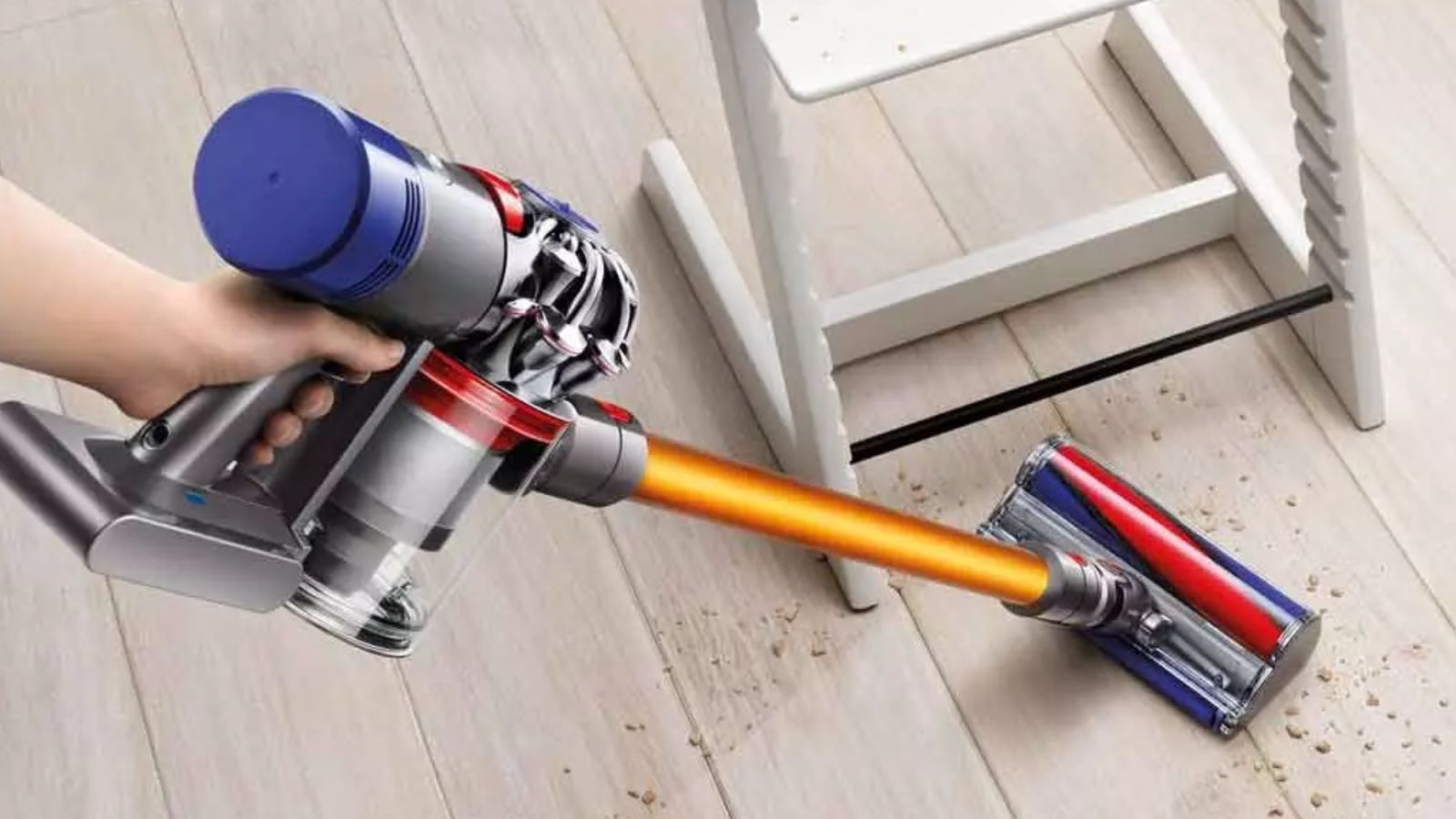 A $170 limited-time discount makes this the most affordable Dyson cordless vacuum on the market right now
A $170 limited-time discount makes this the most affordable Dyson cordless vacuum on the market right nowYears after its release, the Dyson V8 still impresses us with its features and power
By Dan Fauzi Published
-
 My Bissell pet vacuum was struggling until I cleaned the filter – here's how to do it in three quick steps
My Bissell pet vacuum was struggling until I cleaned the filter – here's how to do it in three quick stepsIt doesn't take long to restore your Bissell vacuum's suction
By Dan Fauzi Published